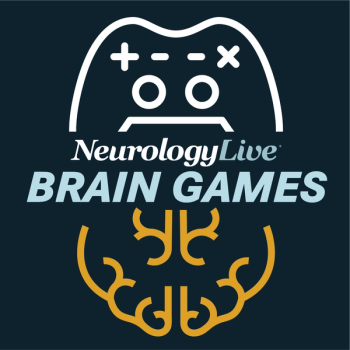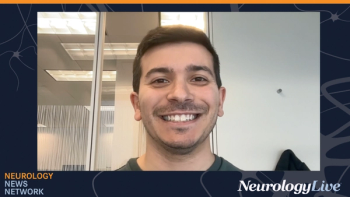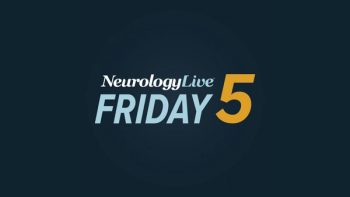
Evolving Evidence and Clinical Confidence for Blood Pressure Management in Intracerebral Hemorrhage: Chitra Venkatasubramanian, MBBS, MD, MSc, FNCS
The clinical professor of stroke neurology and neurocritical care at Stanford University discussed the shifting perspective on early blood pressure lowering in intracerebral hemorrhage. [WATCH TIME: 4 minutes]
WATCH TIME: 4 minutes
"I would say the controversy has tilted toward no, we are not creating brain ischemia. But if you miss the window, you’re going to let the hemorrhage expand. So, I think the pendulum has swung over to it’s safe to lower it.”
Recent research highlights a shift in intracerebral hemorrhage (ICH) management toward a structured, time-based approach which clinicians refer to as Code-ICH. This model emphasizes the use of bundled interventions such as early blood pressure (BP) control, anticoagulation reversal, glucose and temperature regulation, and surgical evaluation delivered in critical time windows. Although previous trials focusing on single interventions have shown limited impact on outcomes, bundled care strategies are being explored for their potential to improve functional recovery and standardize acute ICH treatment practices.1
Recently, neurologist
During the conversation, she explained how concerns about inducing brain ischemia through intensive BP lowering have been largely mitigated by imaging studies and clinical data, particularly in patients with small to moderate hemorrhages. Venkat also highlighted the impact of recent trials that support early, bundled interventions, including BP control, anticoagulation reversal, and metabolic management. She noted that findings from the trials have sparked international momentum toward standardized ICH response protocols like Code ICH.
REFERENCES
1. Yakhkind A, Yu W, Goldstein JN, Mayer SA. Code-ICH: time is brain. Curr Opin Crit Care. 2025;31(2):112-116. doi:10.1097/MCC.0000000000001244
2. Venkatasubramanian C. Yes: Blood Pressure Targets in ICH: Should We Go Low?. Presented at: 2025 AAN Annual Meeting; April 5-9; San Diego, CA. Controversies in Neurology Plenary Session.
Editor’s Note: Venkatasubramanian has disclosed that she has received personal compensation for serving as a Consultant for Ceribell and as an Expert Witness for McKeen and associates. She also has noted that she has stock in Ceribell. In addition, Venkatasubramanian has received research support from Bard Inc., Biogen, and NIH.
Newsletter
Keep your finger on the pulse of neurology—subscribe to NeurologyLive for expert interviews, new data, and breakthrough treatment updates.




















